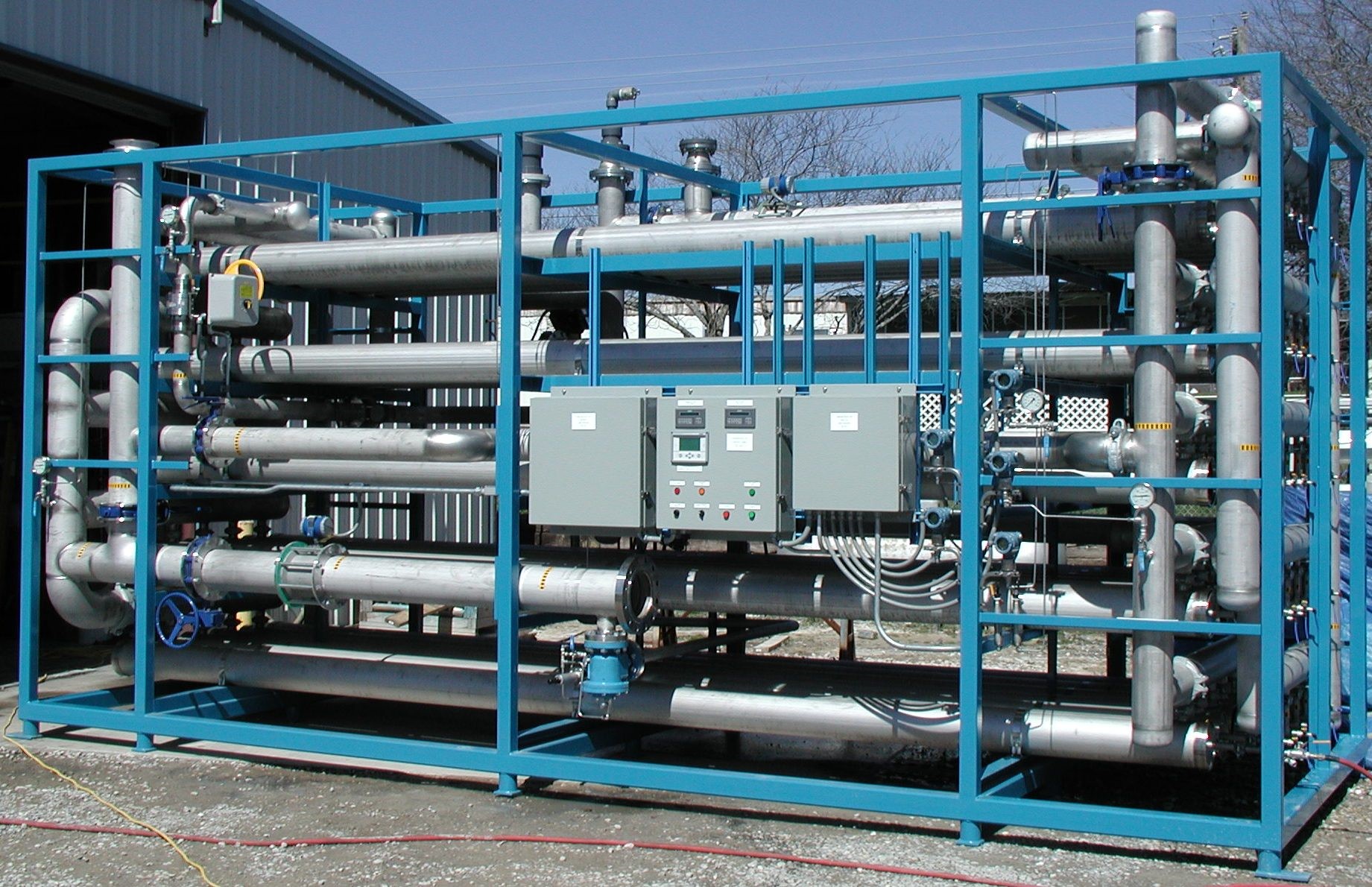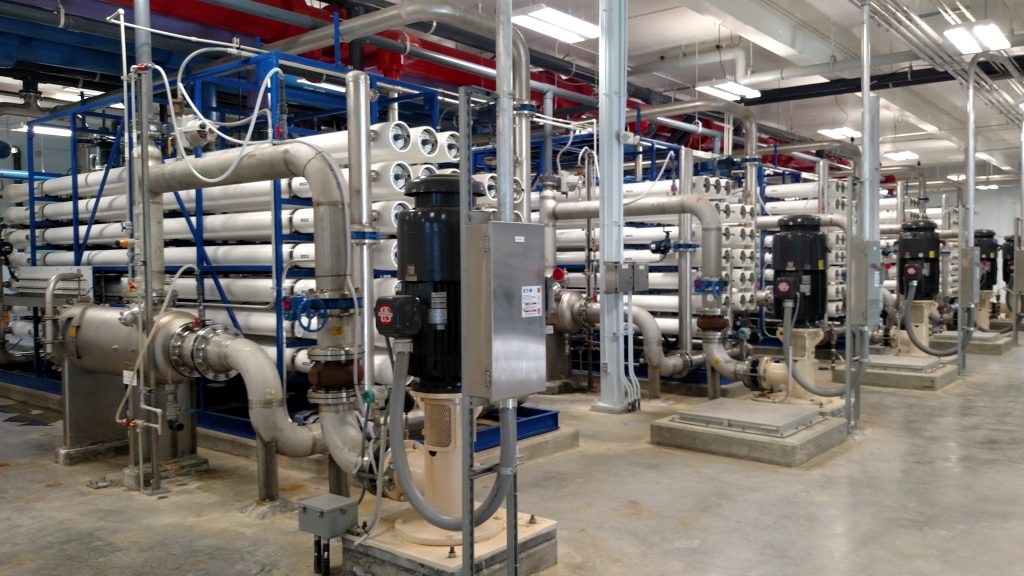Water treatment membrane technology (ultrafiltration, nanofiltration, reverse osmosis) provides an in-depth analysis of its advantages and disadvantages
All human activities are intricately tied to water. As the global population grows, so does the volume of wastewater generated across domestic, industrial, and agricultural sectors. Unfortunately, freshwater resources are finite and inadequately replenished to meet escalating demands. This disparity has led to unequal distribution and intense competition for limited freshwater resources worldwide. Millions of people lack access to safe drinking water, and agricultural productivity suffers due to water scarcity.

(RO, Reverse Osmosis system)
Reverse Osmosis (RO):
Advantages:
u RO removes virtually all dissolved substances, including microbes.
u It is effective in removing harmful minerals like salt and lead.
u RO membranes can be used for desalination.
Disadvantages:
u RO also removes healthy minerals like calcium and magnesium.
u It operates at higher pressures, leading to increased energy consumption.
u RO membranes are susceptible to fouling and require maintenance.

(Ultra Filtration system)
Ultrafiltration (UF):
Advantages:
u UF is effective in removing suspended solids, bacteria, and larger molecules.
u It operates at lower pressures compared to RO, resulting in energy savings.
u UF membranes are durable and have a longer lifespan.
Disadvantages:
u UF does not remove dissolved compounds or ions.
u It may require pre-treatment to prevent fouling.
u The pore size of UF membranes can vary, affecting their selectivity.

(Nanofiltration system)
Nanofiltration (NF):
Advantages:
u NF effectively eliminates impurities, sediments, and chemical effluents.
u It can selectively remove divalent ions while allowing monovalent ions to pass.
u NF membranes have a higher flux rate compared to RO.
Disadvantages:
u NF does not remove dissolved compounds completely.
u It may still require pre-treatment.
u Some challenges hinder widespread adoption of NF technology.
In summary, while RO excels in comprehensive contaminant removal and desalination, UF offers cost-efficiency, versatility, and the retention of beneficial minerals. The choice between the two depends on specific water treatment needs and priorities.
Why we should advocate for the development of reverse osmosis technology:
Water Scarcity: Approximately four billion people, nearly two-thirds of the world’s population, face severe water scarcity for at least one month each year. RO technology can help address this issue, especially in arid regions and islands.
Desalination of Seawater: Reverse osmosis plays a crucial role in seawater desalination. Through RO, we can convert seawater into potable freshwater, meeting daily human needs. Over 110 billion tons of seawater have already been transformed into freshwater using reverse osmosis, benefiting around 320 million people.
Environmentally Friendly: Compared to traditional chemical treatment methods, reverse osmosis requires minimal chemical additives and does not produce harmful waste acids or alkalis. This contributes to reduced environmental pollution.
Low Energy Consumption: The reverse osmosis process relies solely on pressure as the driving force, resulting in lower energy consumption compared to many other treatment methods. This is crucial for sustainable development.
Global Cooperation: Water is our shared future, and international collaboration is essential to equitably share and sustainably manage this precious resource.
Four billion people, which is almost two thirds of the world’s population, experience severe water scarcity for at least one month each year. Additionally, over two billion people live in countries where water supply is inadequate.

It’s alarming to note that half of the world’s population could be living in areas facing water scarcity by as early as 2025. This imminent risk of a global water crisis demands urgent attention and international cooperation.

As a professional manufacturer of membrane elements in China, HID is committed to independently developing and producing advanced high-performance polyamide composite reverse osmosis membranes. Not only did they independently develop a complete set of cutting, rolling, testing, packaging equipment and fully automatic assembly lines, they also reached the top level in terms of raw materials, production equipment, production technology and final product quality.
The HID-ROFS series is one of the high-performance sheets they developed using high-tech technology. This polyamide composite membrane has fine membrane separation capabilities and can effectively intercept all dissolved salts and organic matter with a molecular weight greater than 100, while allowing water molecules to pass through. Mainly suitable for desalination treatment of water sources with salt content below about 2000ppm
Supporting the development of HID brand reverse osmosis membranes will help promote sustainable water use and meet the world's growing demand for fresh water.